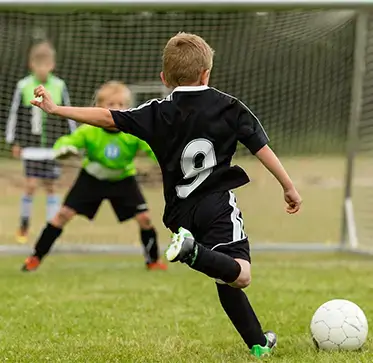CRFC BLOGS
LATEST BLOGS & NEWSLETTERS
Mastering Change of Direction and Change of Pace in Soccer
In soccer, the ability to change direction and pace effectively can make a player elusive and difficult to defend against. This technique is essential for creating space, evading defenders, and capitalizing on scoring opportunities. Here, we will explore the importance of this skill and provide five dribbling drills designed to help youth players master change of direction and pace.
The Importance of Change of Direction and Pace
Creating Space
Quick changes in direction and pace allow players to create space for themselves and their teammates, breaking through defensive lines.
Evading Defenders
These skills make it challenging for defenders to predict a player’s movements, increasing the chances of maintaining possession.
Setting Up Attacks
Effective use of change of direction and pace can disrupt the defensive organization, setting up opportunities for passes, crosses, and shots on goal.
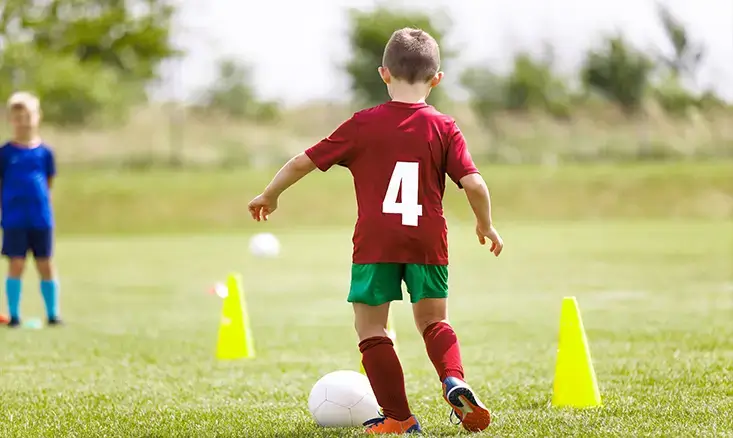
Dribbling Drills to Master Change of Direction and Pace
1. Slow-Fake-Accelerate (Soccer Change of Direction Drill)
Objective
This dribbling drill teaches players to fake one way and then accelerate in the opposite direction to lose their defender.
Drill
- Set up cones to create a dribbling path.
- Players dribble towards a cone acting as a defender.
- Just before reaching the cone, slow down and perform a fake to one side.
- Quickly change direction and accelerate away.
Focus
Encourage players to use body feints and sharp accelerations to make the fake believable.
2. Fake Shot and Accelerate (Change of Pace Soccer Drill)
Objective
Use a fake shot to freeze the defender before accelerating past them.
Drill
- Set up cones in a line.
- Players dribble towards the cones.
- As they approach each cone, they perform a fake shot motion.
- Immediately after the fake shot, they accelerate past the cone.
Focus
Emphasize the importance of a convincing fake shot to effectively freeze the defender.
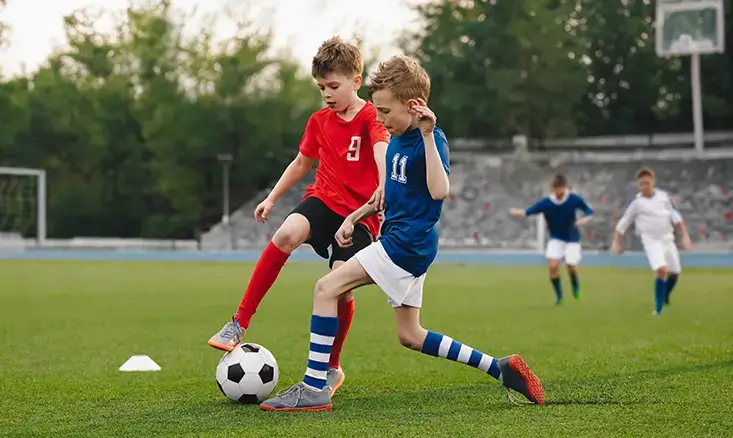
3. Step Over and Accelerate (Soccer Change of Direction Moves)
Objective
Use a step-over move to unbalance the defender and accelerate in the opposite direction.
Drill
- Place cones in a straight line.
- Players dribble towards each cone.
- Perform a step-over move just before reaching the cone.
- Accelerate in the direction opposite to the step-over.
Focus
Teach players to sell the step-over with their body movement and accelerate quickly.
4. Stop, Step, and Go (Linear Change of Direction Drills)
Objective
Use the sole of the foot to stop the ball, freeze the defender, and then accelerate away.
Drill
- Set up a dribbling path with cones.
- Players dribble towards a cone.
- Use the sole of the foot to stop the ball in front of the cone.
- Step over the ball with the opposite foot and accelerate away.
Focus
Focus on the quick transition from stopping the ball to accelerating past the defender.
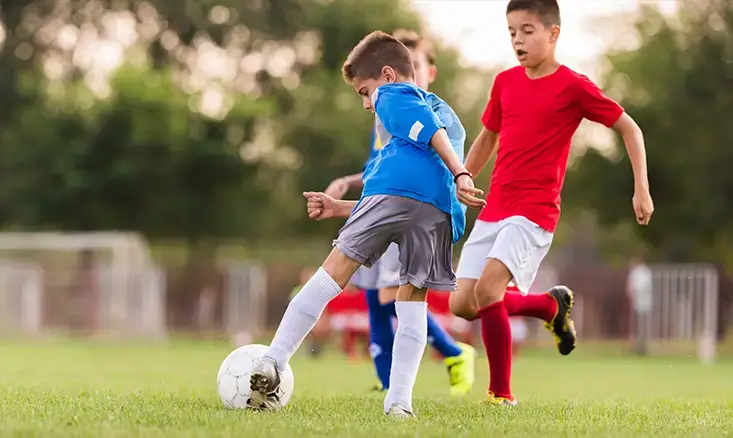
5. Super Cut (Ronaldo Move-Running Back Change of Direction Drill)
Objective
Perform a move where the player steps past the ball and uses the dribbling leg to play the ball behind the plant leg, then accelerates.
Drill
- Create a line of cones.
- Players dribble towards the cone.
- As they approach the cone, they step past the ball with the non-dribbling leg.
- Use the dribbling leg to cut the ball behind the plant leg.
- Accelerate in the new direction.
Focus
Encourage smooth and controlled execution of the cut move, followed by a burst of acceleration.
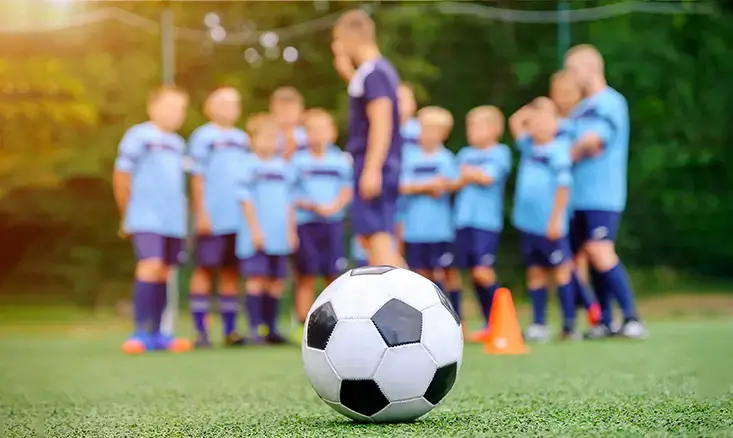
Join our CRFC Summer Soccer Camps to master soccer direction and pace-changing techniques.
Conclusion
Mastering the techniques of changing direction and pace can significantly enhance a player’s effectiveness on the field. These dribbling drills, including soccer change of direction drills, change of speed drills, and change of direction agility drills, are designed to develop the necessary skills for executing these moves with confidence and precision. By incorporating these exercises into regular training sessions, youth soccer players can improve their ability to evade defenders and create scoring opportunities, making them more versatile and dynamic soccer players.
FAQs
How to improve your change of direction in soccer?
To improve your change of direction in soccer, practice drills that enhance your agility and balance, such as the Slow-Fake-Accelerate and Step Over and Accelerate drills. Regular training with cone drills can also help you become more adept at quick directional changes.
How do we achieve a faster change of direction?
To achieve a faster change of direction, focus on strengthening your lower body muscles, improving your footwork, and practicing agility drills. Techniques like the Super Cut and Stop, Step, and Go can help develop quicker and more effective directional changes.
Does changing direction increase speed?
Changing direction itself doesn’t necessarily increase speed, but it can be strategically used to gain a positional advantage over an opponent, creating the illusion of increased speed. Effective use of a change of direction can disrupt an opponent’s timing and balance, allowing for accelerated movements in open spaces.
How do you change direction when dribbling?
To change direction effectively while dribbling in soccer, practice the “Slow-Fake-Accelerate” drill. This involves approaching a cone, slowing down, faking in one direction, then quickly accelerating in the opposite direction to evade the defender.
How do I increase my pace in soccer?
To increase your pace in soccer, practice drills like the “Fake Shot and Accelerate”. Dribble towards a cone, simulate a shot to freeze the defender, and immediately accelerate past the cone, enhancing your speed with the ball.

Did you find this useful?

LATEST BLOGS
GET IN TOUCH WITH US

